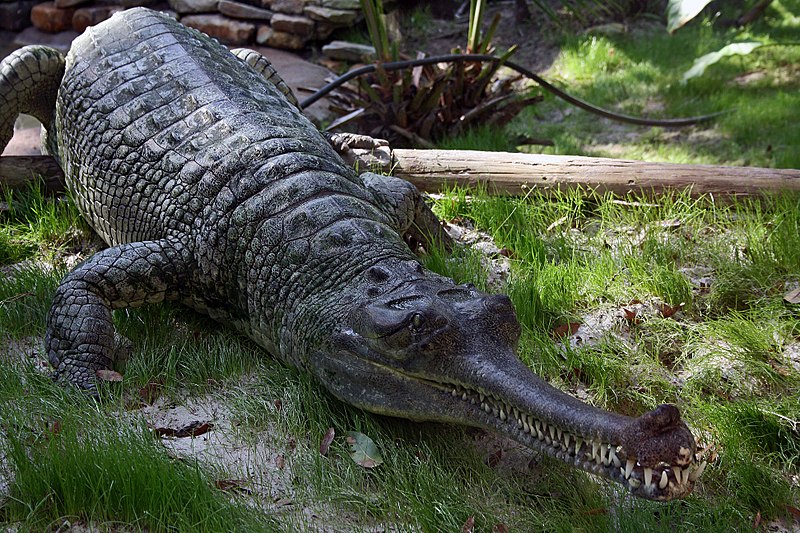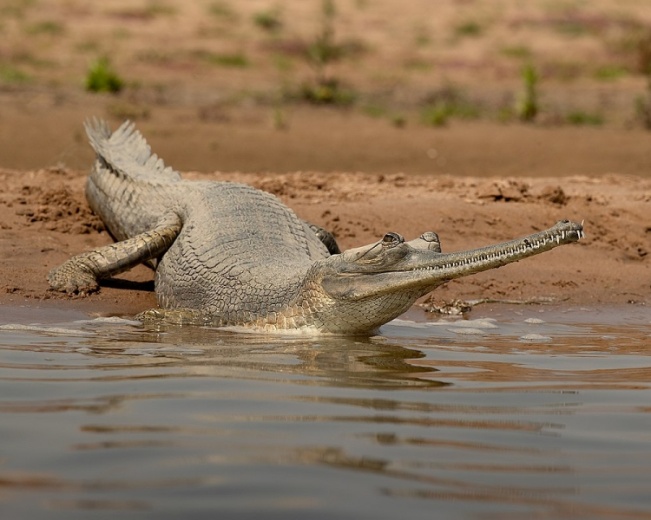Description

Copyright infringement is not intended
Story so far: After successfully reintroducing the critically endangered Gharial (Gavialis Gangeticus) in the rivers of Punjab where it had become extinct half a century ago, the State’s wildlife preservation wing is expecting the breeding of the crocodilians to start in the new few years as the released gharials are healthy and have adapted to the Beas Conservation Reserve as their home.
- The gharial reintroduction in the Beas Conservation Reserve is an ambitious programme of the Punjab government.
- The reptiles were commonly sighted in the Beas River till the 1960s but later became extinct.
- The gharial can be found in north Indian rivers like the Ganga, Yamuna, Chambal and their tributaries.
About gharials:
- Like tigers are the topmost predators in a forest, gharials are the topmost predators in a river. They (gharial) balance the riverine food chain.
- Gharial keeps in check their prey (i.e. fish), which keep in check their prey and so on. The presence of gharials indicates a healthy riverine ecosystem.
- The male gharial has a distinctive boss at the end of the snout, which resembles an earthenware pot known in Hindias. Hence, the name.

Conservation Status:
- Critically Endangered— IUCN Red List.
- It is a Schedule 1 species under Indian wildlife act, 1972
Habitat:
- Foremost flowing rivers with high sand banks that they use for basking and building nests
- Gharials once inhabited all the major river systems of the Indian Subcontinent, from the Irrawaddy Riverin the east to the Indus River in the west.
- Their distribution is now limited to only 2% of their former range
- They are found in Girwa River, Chambal River, Ken River, Son River, Mahanadi River, Ramganga River
Threats:
- Hunting for skins, trophies and indigenous medicine and their eggs collected for consumption.
- Decrease of riverine habitat as dams, barrages, irrigation canals and artificial embankments were built; siltation and sand-mining changed river courses
Conservation efforts in India:
- Project Crocodile for intensive captive breeding and rearing program began in 1975 (Government of India+ United Nations Development Fund + Food and Agriculture Organization)
Protected areas for gharial in India:
- National Chambal Sanctuary- Madhya Pradesh
- Katerniaghat Wildlife Sanctuary- Uttar Pradesh
https://www.thehindu.com/sci-tech/energy-and-environment/reintroduced-gharials-thriving-in-beas-reserve-experts/article37986822.ece?homepage=true






